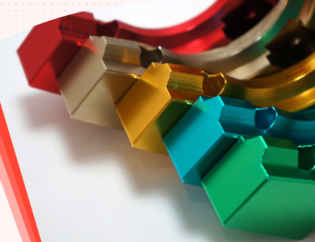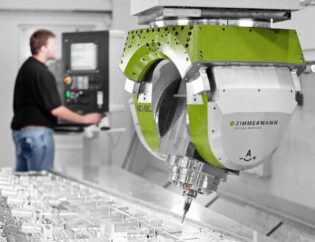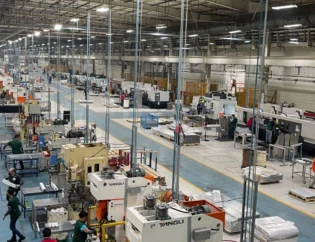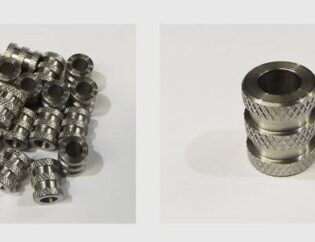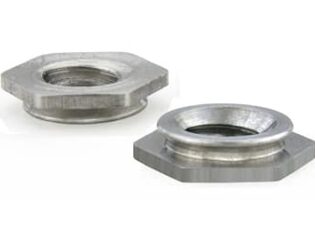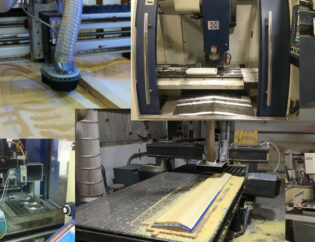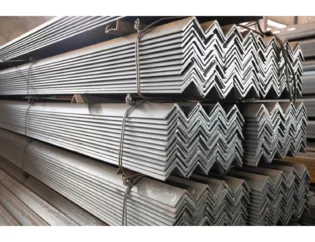Aluminum extrusion machining is a pivotal process in modern manufacturing, enabling the creation of complex shapes and components with precision and efficiency. This guide delves into the intricacies of aluminum extrusion, exploring its applications across various industries, from automotive to aerospace. Understanding this process is essential for engineers, designers, and manufacturers aiming to leverage aluminum’s unique properties.
Readers can expect to learn about the fundamental principles of aluminum extrusion, including the techniques and technologies involved. We will cover the various types of aluminum alloys used, the benefits of extrusion over other manufacturing methods, and the critical factors influencing the machining process. This comprehensive overview will equip you with the knowledge to make informed decisions in your projects.
Additionally, the guide will address common challenges faced during aluminum extrusion machining and provide practical solutions to enhance efficiency and product quality. By the end of this guide, you will have a solid understanding of aluminum extrusion machining, empowering you to optimize your designs and manufacturing processes effectively.
Aluminum Extrusion Machining: A Comprehensive Guide
Imagine transforming a solid aluminum billet into a sleek, intricate profile used in everything from skyscrapers to sports cars. This is the magic of the aluminum extrusion process—a marvel of modern manufacturing that combines immense pressure and precision to shape aluminum in ways that meet the demands of various industries. But how exactly does this process unfold, and what critical equipment and techniques are involved? In this comprehensive guide, we unravel the mysteries of aluminum extrusion, offering a step-by-step breakdown of the process, from selecting the right extrusion die to the final quenching and finishing touches. Whether you’re a seasoned engineer or a curious industry enthusiast, discover how design and machinery converge to create the versatile aluminum profiles that drive innovation across the globe.
Understanding Aluminum Extrusion
Aluminum extrusion is a manufacturing process that involves shaping aluminum alloys by forcing them through a die. This process allows for the creation of complex cross-sectional shapes that are lightweight yet strong. The unique properties of aluminum, such as its corrosion resistance and malleability, make it an ideal material for various applications.
Technical Features of Aluminum Extrusion
The technical features of aluminum extrusion can significantly impact the quality and performance of the final product. Below is a comparison table highlighting some of the key technical features:
| Feature | Description | Importance |
|---|---|---|
| Material Properties | Aluminum alloys like 6061 and 6063 are commonly used. | Provides strength, corrosion resistance, and weight savings. |
| Die Design | Custom dies are designed for specific profiles. | Ensures precision and reduces waste. |
| Extrusion Process | Can be direct or indirect, affecting the final shape and properties. | Determines the efficiency and quality of production. |
| Cooling Methods | Profiles can be cooled using water or air. | Affects the mechanical properties of the aluminum. |
| Surface Finishing | Options include anodizing, powder coating, and painting. | Enhances appearance and corrosion resistance. |
Types of Aluminum Extrusion
Aluminum extrusions can be categorized into various types based on their shapes and applications. The following table summarizes the different types of aluminum extrusions:
| Type | Description | Applications |
|---|---|---|
| Solid Profiles | Simple shapes like bars and rods. | General construction and manufacturing. |
| Hollow Profiles | Tubes and channels with hollow sections. | Structural applications and frameworks. |
| Semi-Hollow Profiles | Profiles that are partially hollow, combining features of solid and hollow. | Specialized applications requiring strength and lightness. |
| T-Slot Profiles | T-shaped tracks for easy assembly and modular designs. | Used in framing systems and workstations. |
| Custom Profiles | Tailored shapes designed for specific applications. | Unique industrial needs and custom projects. |
The Aluminum Extrusion Process
The aluminum extrusion process involves several critical steps, each contributing to the final product’s quality and performance.
Preparation and Preheating
The process begins with the preparation of the aluminum billet, which is preheated to make it malleable. The die is also preheated to ensure even metal flow during extrusion.
Extrusion
A hydraulic ram applies immense pressure to push the heated billet through the die, shaping it into the desired profile. This step is crucial for achieving the required dimensions and properties.
Cooling and Handling
After extrusion, the profiles are rapidly cooled to lock in their properties. This can be done using water or air, depending on the desired characteristics of the final product.
Finishing Processes
Once cooled, the extrusions may undergo various finishing processes, such as cutting to length, surface treatment, and quality inspection. These steps ensure that the profiles meet industry standards and customer specifications.
Applications of Aluminum Extrusions
Aluminum extrusions are widely used across various industries due to their versatility and unique properties. Here are some common applications:
– Construction: Used in window frames, doors, and structural components due to their strength and lightweight nature.
– Automotive: Employed in vehicle frames and components to reduce weight and improve fuel efficiency.
– Aerospace: Utilized in aircraft structures for their high strength-to-weight ratio.
– Electronics: Found in heat sinks and enclosures, providing excellent thermal management.
– Renewable Energy: Used in solar panel frames and supports, benefiting from corrosion resistance.
Companies like Zetwerk and Taber Extrusions specialize in providing high-quality aluminum extrusion products tailored to meet specific industry needs.
Conclusion
Aluminum extrusion machining is a vital process in modern manufacturing, enabling the creation of complex shapes and profiles that meet diverse industry requirements. With its unique properties, aluminum continues to be a preferred material for various applications, from construction to aerospace. Understanding the intricacies of the extrusion process and its technical features can help manufacturers optimize their production and deliver high-quality products.
FAQs
1. What is the aluminum extrusion process?
The aluminum extrusion process involves heating aluminum billets and forcing them through a die to create specific cross-sectional profiles. This method allows for the production of complex shapes with precise dimensions.
2. What are the benefits of using aluminum extrusions?
Aluminum extrusions offer several benefits, including lightweight, corrosion resistance, and versatility in design. They are also cost-effective and can be easily machined and fabricated.
3. How are aluminum extrusions used in construction?
In construction, aluminum extrusions are used for window frames, doors, and structural components due to their strength, durability, and lightweight properties.
4. What types of aluminum extrusions are available?
Aluminum extrusions come in various types, including solid, hollow, semi-hollow, T-slot, and custom profiles, each serving different applications and industries.
5. How can I ensure the quality of aluminum extrusions?
To ensure quality, it is essential to work with reputable manufacturers like Granco Clark and Alexandria Industries that adhere to industry standards and conduct thorough quality inspections throughout the production process.


